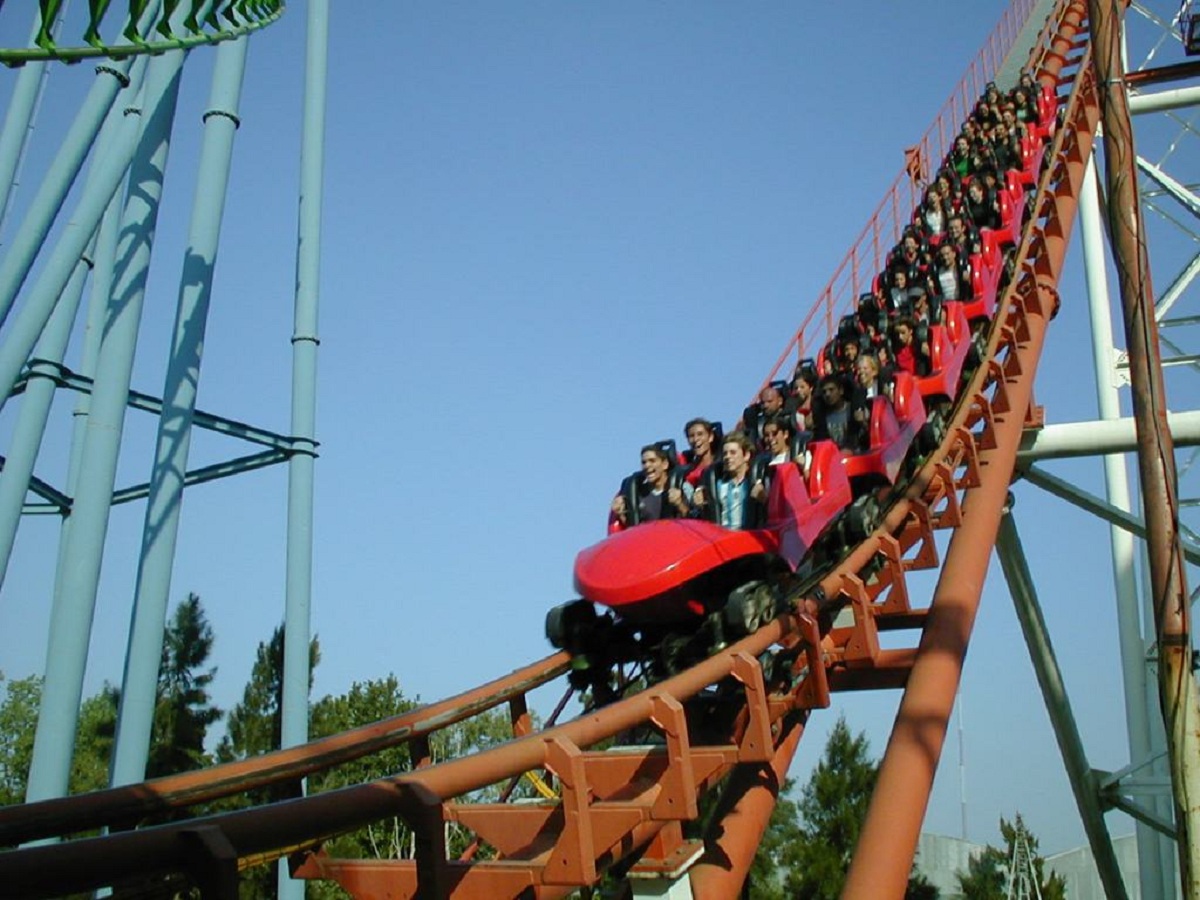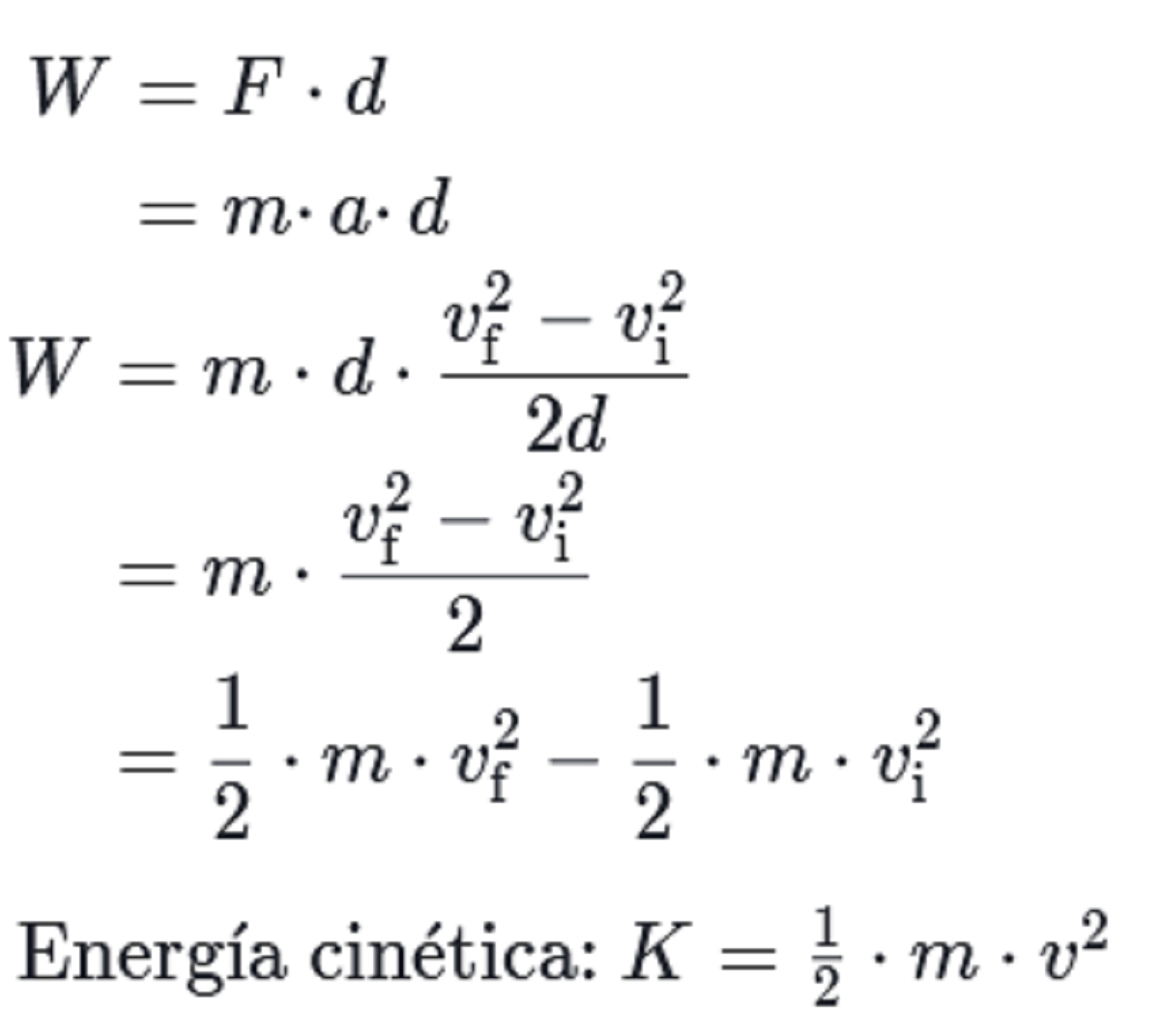
In the physics subject of the institute the Kinetic energy. It is considered one of the most important species for the movement of objects. However, it is difficult to understand if you do not have basic knowledge of physics.
Therefore, we are going to dedicate this article to tell you everything you need to know about kinetic energy and what its main characteristics are.
What is kinetic energy
When talking about this type of energy, people think of it as energy that is obtained to generate electricity or something similar. Kinetic energy is the energy that an object has due to its motion. When we want to accelerate an object, we must apply a certain force to overcome the friction of the ground or air. For this, we need to do a job. Therefore, we are transferring energy to the object and it can move at a constant speed.
It is this transferred energy called kinetic energy. If the energy applied to the object increases, the object will accelerate. However, if we stop applying energy to it, its kinetic energy will decrease with friction until it stops. Kinetic energy depends on the mass and speed of the object.
Bodies with less mass need less work to start moving. The faster you go, the more kinetic energy your body has. This energy can be transferred to different objects and between them to transform into another type of energy. For example, if a person is running and collides with another who was at rest, part of the kinetic energy that was in the runner will be passed on to the other person. The energy that has to be applied for a movement to exist must always be greater than the friction force with the ground or another fluid such as water or air.
Calculation of kinetic energy
If we want to calculate the value of this energy, we must follow the reasoning described above. First, we start by finding the finished job. It takes work to transfer kinetic energy to the object. Also, considering the mass of the object being pushed a distance, the work must be multiplied by a force. The force must be parallel to the surface it is on, otherwise the object will not move.
Imagine that you want to move a box, but you push it to the ground. The box will not be able to overcome the resistance of the ground and will not move. In order for it to move, we must apply work and force in a direction parallel to the surface. We will call the work W, the force F, the mass of the object m, and the distance d. Work equals force times distance. That is, the work done is equal to the force applied to the object with the distance it travels thanks to that applied force. The definition of force is given by the mass and the acceleration of the object. If the object is moving at a constant speed, it means that the force being applied and the friction force have the same value. Therefore, they are forces that are kept in balance.
Forces involved
Once the force applied to the object decreases, it will begin to decelerate until it stops. A very simple example is a car. When we are driving on roads, asphalt, dirt, etc. The road offers us resistance. This resistance is called friction between the wheel and the surface. To increase the speed of a car, we must burn fuel to generate kinetic energy. With this energy, you can overcome friction and start moving.
However, if we move with the car and stop accelerating, we will stop applying force. In the absence of any force on the car, the friction force will not start to brake until the car comes to a stop. Therefore, it is important to have a good understanding of the strength of the intervention system to understand the direction the object will take.
Kinetic energy formula
To calculate the kinetic energy there is an equation that arises from the reasoning previously used. If we know the initial and final velocity of the object after a distance traveled, we can substitute the acceleration in the formula.
Therefore, when a net amount of work is done on an object, the amount we call kinetic energy k changes.
For physicists, understanding the kinetic energy of an object is essential to studying its dynamics. There are some celestial bodies in space that have kinetic energy driven by the Big Bang and are still in motion to this day. Throughout the solar system, there are many interesting objects to study, and it is necessary to understand their kinetic energy to predict their trajectories.
When we look at the kinetic energy equation, we can see that it depends on the square of the object's velocity. This means that when the speed is doubled, its dynamics increases four times. If a car travels at 100 km / h, its energy is four times that of a car traveling at 50 km / h. Therefore, the damage that can be caused in an accident is four times greater than that of an accident.
This energy cannot be a negative value. It always has to be zero or positive. Unlike it, the speed can have a positive or negative value depending on the reference. But when using velocity squared, you always get a positive value.
object lesson
Suppose we are in an astronomy class and we want to put a ball of paper in the trash can. After calculating the distance, force and trajectory, we will have to apply a certain amount of kinetic energy to the ball to move it from our hand to the trash can. In other words, we must activate it. When the ball of paper leaves our hand, it will begin to accelerate, and its energy coefficient will change from zero (while we are still in the hand) to X, depending on how fast it reaches.
In a pumped pitch, the ball will reach its highest coefficient of kinetic energy the moment it reaches the highest point. From there, as it begins its descent into the garbage can, its kinetic energy will begin to decrease as it is pulled away by gravity and converted to potential energy. When it reaches the bottom of the garbage can or the ground and stops, the coefficient of kinetic energy of the paper ball will return to zero.
I hope that with this information you can learn more about what kinetic energy is and what its characteristics are.


